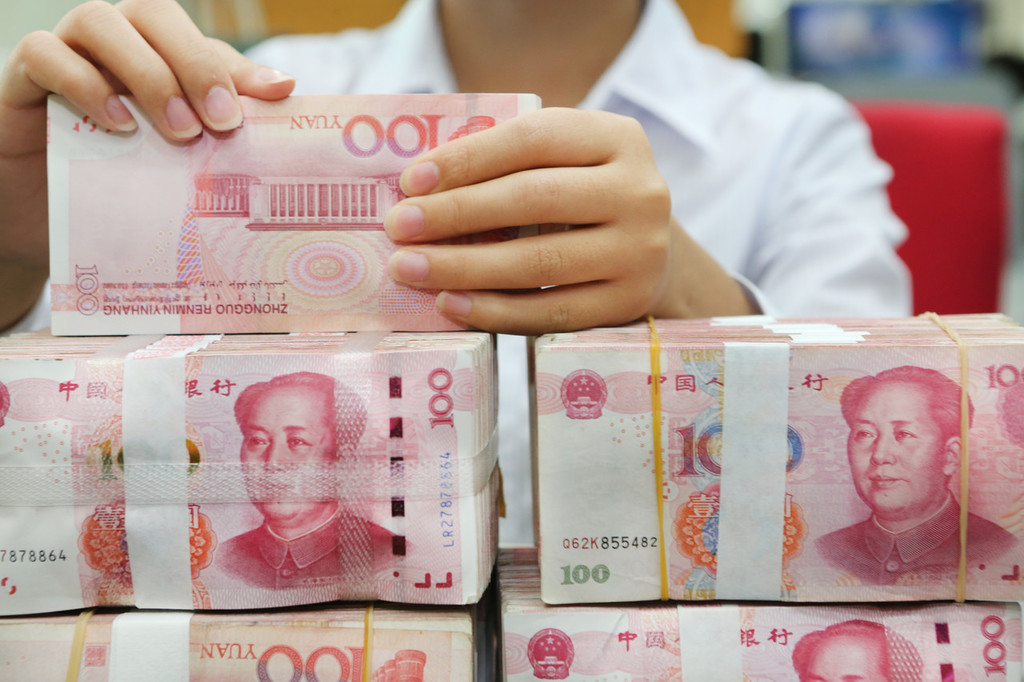Country's development potential continues to be released
China Daily | Updated: 2024-03-14 08:13

In the first two months of this year, the total value of China's exports was $528.01 billion, up 7.1 percent year-on-year, and the total value of its imports was $402.85 billion, an increase of 3.5 percent compared with the same period last year.
The 7.1 percent export growth rate far exceeded the 2-3 percent expectations of some Western institutions. China's exports to the United States rebounded significantly from a year-on-year decrease of 6.9 percent in December last year to an increase of 5.0 percent year-on-year in January and February. China's exports to other major trading partners, including the Association of Southeast Asian Nations, the European Union and African and Latin American countries, continued to maintain a rapid growth.
In February, the national consumer price index increased by 1.0 percent from January, the highest increase since February 2022. In addition, the rebound in energy prices and food prices reversed the continued downward trend of the CPI.
The good development momentum of the Chinese economy so far this year is also reflected in the rapid growth of some other leading indicators. During the Spring Festival holiday, the number of domestic tourism trips increased 19 percent compared with the same period in 2019 before the COVID-19 pandemic. In the first two months of this year, the national power generation increased by 11.7 percent year-on-year, and industrial electricity consumption increased by 9.7 percent.
Most of the 1 trillion yuan ($139.1 billion) in additional treasury bonds issued at the end of last year will be used this year. Another 1 trillion yuan in super-long-term special treasury bonds will also be issued this year. That means the scale of government investment will continue to expand significantly this year.
The government will continue to press ahead with the equipment updates this year. Last year, China's equipment investment in key areas such as industry and agriculture was approximately 4.9 trillion yuan. That means there will be a market of more than 5 trillion yuan in this sector this year. These investments will play a crucial role in sustaining the economic growth this year. As many local governments and enterprises will increase investment in projects related to new quality productive forces and to cultivate emerging industries, they will also significantly increase the scale of investment.
Last year, global investment growth declined due to the US' interest rate hikes, stubborn inflation and insufficient demand. According to data from the United Nations Conference on Trade and Development, global foreign direct investment fell by 18 percent last year. Although the actual amount of foreign capital used in China decreased 8 percent year-on-year in 2023, reaching $157.2 billion, it is far lower than the global average rate of decline. In fact, 53,766 new foreign-invested enterprises were established in China last year, surging 39.7 percent from 2022.
China's economy was undoubtedly affected by many factors last year, including the scarring effect of the pandemic, the impact of the global inventory cycle on exports, and the impact of the real estate downturn and local debt risks. At present, these factors are weakening, though to different degrees, which, along with the country's dedicated efforts to promote innovation and optimize the operation of its economy, will help it to better restore the market's confidence in the economy's stable growth.
21ST CENTURY BUSINESS HERALD
























